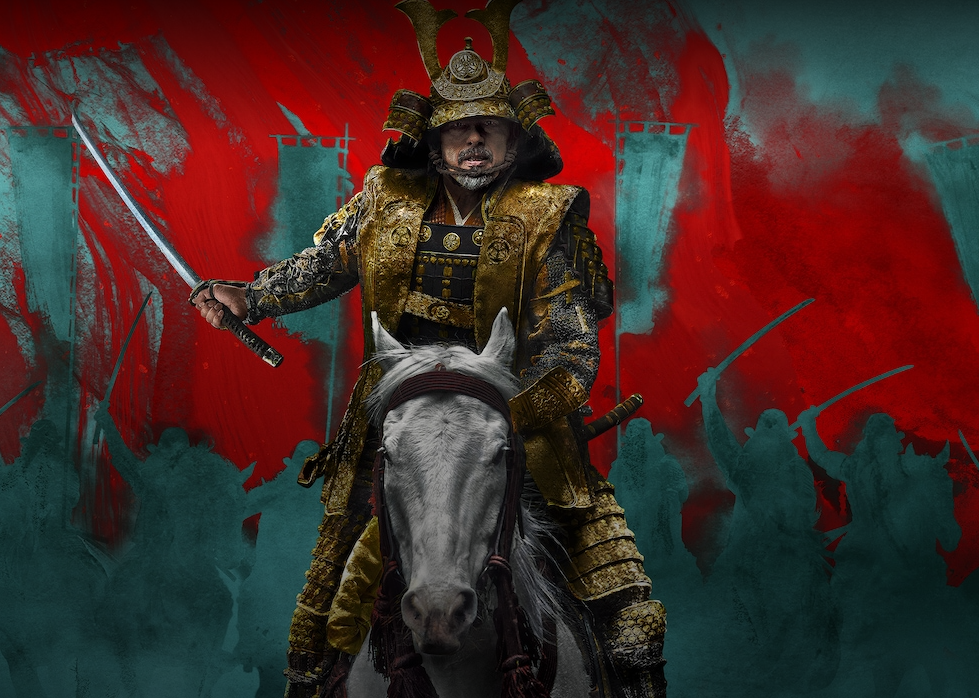#Meet the real people behind these famous Norman Rockwell paintings

Table of Contents
“#Meet the real people behind these famous Norman Rockwell paintings”
It seemed that nearly every parent, every local farmer, every business-owner Haggerty encountered in Arlington had posed for the famed illustrator, who lived there with his wife and three sons between 1938 and 1953. Haggerty, an editor and author who writes under the name ST Haggerty, was walking among icons — though most of them were too humble to brag about it.
“I knew some of the people we knew were models,” Haggerty recalled. “But I didn’t know I knew that many!”
Four years ago, Haggerty began tracking down these former neighbors and friends — many now in their 80s — and asked them about their experiences posing for the painter in Vermont. “Call Me Norman, The Backstories of Rockwell’s Beloved Models,” his latest book, as yet unpublished, includes 100 hours of interviews with 25 models, including Rockwell’s sons Jarvis (now an artist, 88) Thomas (a children’s book author, 87) and Peter (a sculptor who died this past February at 84).
“He did the best paintings of his career here,” said Haggerty, who splits his time between Arlington and Pawling, NY.
Rockwell was already a successful illustrator by the time he moved to Arlington from New Rochelle — an artsy Westchester suburb — in 1938. He had been contributing covers for the Saturday Evening Post magazine for 20 years. Yet, he was feeling stifled and uninspired.
“He got tired of the class structure in New Rochelle and New York City,” said Haggerty. “He wanted to be around down-to-earth people. And when he first got to Arlington, he saw all these marvelous faces.”
“When he moved to Arlington, Vermont, everybody was a model,” Jarvis Rockwell, the artist’s oldest son, now 88, told The Post. “The whole town looked like one of his covers.”
Rockwell stopped using professional models and began casting his neighbors, friends and family members in his pictures, largely as themselves. He would ask them to come to his studio and instruct them how to pose. His photographer would take snapshots, which he would then use as a reference for the finished product.
Rockwell was a meticulous art-director — sometimes changing his model’s clothes and often bringing furniture and props into the studio, such as a table carted all the way to Arlington from a Manhattan automat. The finished pictures not only were incredibly detailed and lifelike, but also had a lot of heart.
Though Rockwell and his family ended up moving to Stockbridge, Mass, in 1953, the 14 years they spent in Vermont would prove profoundly influential. They lived the same kind of modest life Rockwell portrayed in his work. Upon his death, the artist bequeathed just one painting to each son.
“I don’t even remember which one I got,” admitted Jarvis, who lives in North Adams, Mass. “It’s down at the Norman Rockwell Museum in Stockbridge. But I appreciate that he gave one to all of us!”
“Saying Grace,” 1951
This painting, which shows an older woman and young boy saying grace in a crowded restaurant as the other diners look on, was the cover of the Saturday Evening Post’s 1951 Thanksgiving issue. And it was one of Rockwell’s most complex.
“When he was working on it, he got so frustrated that he threw it out into the snow,” said Haggerty. “And he left it there for a while before he finally went out and picked it back up.”
First, there was the decor, which he had delivered from an automat in New York City to his studio in Vermont, just for the picture. (The snowy scene outside the window came from a photo taken during a scouting trip in upstate New York.)
Then, there was the matter of getting four different models to pose just the right way, including his son, Jarvis, who was around 18 at the time. He’s the blond man sitting at the table, in the blue blazer and shirt his father instructed him to wear.
“He was very, very precise in everything,” said Jarvis. “If we were running [in the picture], somebody had to hold one foot up in the air.”
But that was nothing compared to what Don Hubert, the little boy in “Saying Grace,” had to go through.
“Don told me he was so nervous, he couldn’t sit still,” said Haggerty. “So Rockwell’s assistant got postall tape — that you seal up packages with — and wrapped it around the boy’s legs to keep them from moving around.”
“He was always very nice about it,” added Jarvis of his dad’s demands. “And we got paid, $5. So, everybody wanted to be models for him!”
“Freedom From Fear,” 1941

Illustration© SEPS. Licensed by Curtis Licensing, Indianapolis, IN.

Illustration© SEPS. Licensed by Curtis Licensing, Indianapolis, IN.; Ginny Coulter
This painting, of two children being tucked into bed by their parents, is the last of Rockwell’s famous “Four Freedoms” series, inspired by Franklin D. Roosevelt’s State of the Union Address in January, 1941.
Despite the painting’s somber tone — the father clutches a newspaper announcing Germany’s bombing of London during the WWII — Marjorie Coulter, now 86, said that the modeling session wasn’t quite as serious.
“I was about 8 at the time,” recalled Coulter, who posed with her younger brother as the two children in bed. (The man and woman in the painting posed separately.) “It’s a good thing he took a photo, because if he had tried to paint us from scratch, we never would have made it!”
Rockwell and his wife were good friends with Coulter’s parents; her father had built Rockwell’s studio in his Vermont farmhouse. When Rockwell came up for the idea for “Freedom From Fear,” he asked the two Coulter children to come to the studio, instructing Marjorie to bring her favorite doll, shown on the floor.
Coulter and her brother were so excited, however, that they had trouble keeping their eyes closed as Rockwell’s photographer tried getting the perfect shot. “We wanted to see what was going on,” she explained. But the kids’ mother — who was supervising — wasn’t having it.
“She had this little thing she did, where she put her finger and her thumb together and she would snip us in the face if we weren’t behaving,” said Coulter, who still lives in Arlington. “So she started doing that pose. We closed our eyes then!”
She said that despite the kids’ hijinks, Rockwell was unfailingly kind. “I remember he was always very nice, and he made it easy,” she said. “He seemed to understand kids.”
“Homecoming G.I.,” 1945
Ardis Edgerton was the Rockwells’ tomboy neighbor, and she would regularly carouse with Rockwell’s sons Jarvis, Tom and Peter and help out his wife Mary around the house. So, she was usually around to pose for Rockwell when he needed an energetic redhead in a painting — such as in this Saturday Evening Post cover, showing a young man returning home to his family from World War II. Edgerton is the girl in the light blue shirtdress, leaning ecstatically on the railing.
“I remember I was playing or riding my bike, looking grubby as usual, when he wanted me to pose,” said Edgerton, who was about 8 at the time. “So I went home and I put on one of the two church dresses I had, combed my hair, and he looked up and said, ‘What are you doing? You go back home and put on the same clothes you had on when I asked you to come over!’”
Edgerton — now 86 and living near Orlando, Fla. — said that Rockwell would often pose alongside her displaying the kind of facial expression he wanted so she could mimic him as his photographer snapped away. “I have a photo of the two of us with our mouths wide open.”
“He was such a gentle, caring man,” she said. “We last [remaining] models try to have a reunion every two years. We have so many wonderful memories of that time.”
“United Nations,” 1952
During his time in Vermont, Rockwell began to see himself not just as a painter of small-town America, but as a citizen of the world. In 1952, he embarked on a work dedicated to the United Nations, comprising more than 60 individuals from member countries. It was when he was looking for black models that his friend the artist Grandma Moses introduced him to the Adams family.
“We knew Grandma Moses because my family would travel around town singing spirituals,” said Pauline Adams, who was 5 years old when Rockwell called her mother and asked if they would come to his studio. “We lived in Cambridge, New York, and my mom was a single mom who didn’t drive, and she couldn’t afford to pay for a taxi to Arlington. He said, ‘I would like to pay the cab fare for you.’”
Pauline and her four older siblings got to skip school, and they arrived with their mother wearing their Sunday best, which he had them change out of. “He explained that he needed us to pretend we were little poor children.”
“I was a happy child, but we were very, very poor, and we went hungry many times and didn’t have proper heat or clothing — so it wasn’t very hard to pretend,” she said. Adams added that Rockwell sipped Coca-Cola throughout, and that he would keep 10 to 15 glass bottles in a snowbank right outside the studio for himself and his guests. “He told us we could each have one on our way out, but my mother didn’t hear and told us to put them back!”
Adams, now a retired nurse with 13 grandchildren, said she didn’t realize the importance of Rockwell’s work at the time.
“It wasn’t until we were invited to go to the United Nations after I was married that I realized we were famous,” she said. “Now I tell everyone I’m a Norman Rockwell model!”
“Trumpet Practice,” 1950
Thomas Paquin had posed for one of Rockwell’s Boy Scout illustrations once before sitting for this Saturday Evening Post cover, featuring a pudgy redhead playing a trumpet. But for some reason, the then-9-year-old seemed to give Rockwell a lot of trouble with it.
“I had to go there five or six different times,” said Paquin, 79. “He had a photographer take pictures of me sitting in the chair in different poses, and that took a couple trips. … And then after that I had to go back and read comic books while he filled in the colors. … I went through a lot of comic books.”
Paquin — who lives in Bennington, Vt., and just welcomed his ninth grandchild into the family — said the only element added later was the dog, Rockwell’s own, who probably wouldn’t have tolerated the boy’s horn-blowing. “The only instrument I could play was the guitar,” he said. And though Paquin admitted that his parents were more excited to see his likeness on a magazine cover than he was, he did say that modeling for Rockwell had its perks: namely, cash.
“I got my first pair of skis with that money,” he said.
If you want to read more Living News articles, you can visit our General category.
if you want to watch Movies or Tv Shows go to Dizi.BuradaBiliyorum.Com for forums sites go to Forum.BuradaBiliyorum.Com












